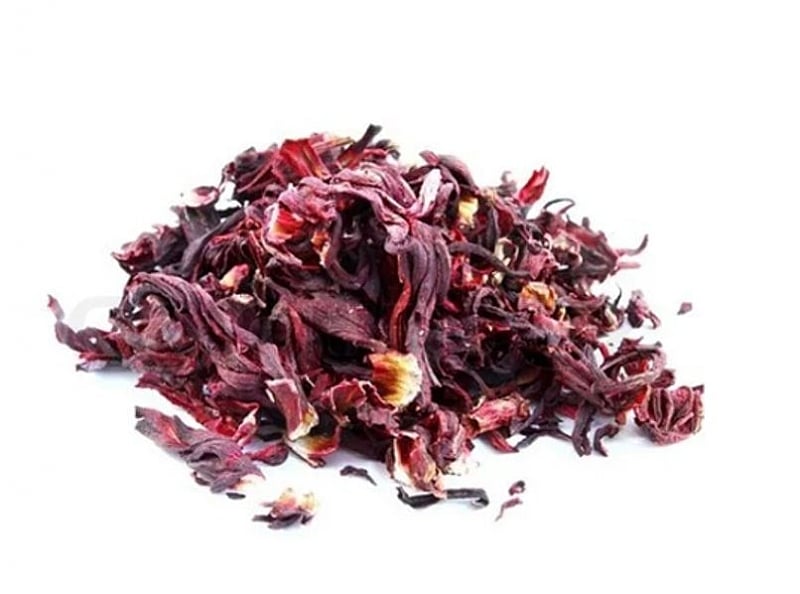Hibiscus tea, a traditional remedy long revered for its potential health benefits, has emerged as a subject of intense scientific scrutiny for its purported ability to lower blood pressure and act as a natural diuretic. Modern research is now delving into the mechanisms by which this vibrant brew impacts cardiovascular health, particularly its potential role in managing hypertension, a major global health concern. Studies have demonstrated the tea’s efficacy in reducing both systolic and diastolic blood pressure, indicating a potential for integration into both preventative and therapeutic strategies for managing blood pressure. This burgeoning field of research holds promise for offering a natural, accessible, and potentially cost-effective adjunct to conventional hypertension treatments.
The active compounds responsible for hibiscus tea’s beneficial effects are believed to be its rich phenolic components, including anthocyanins, flavonoids, and organic acids. These compounds act as potent antioxidants, protecting the body against oxidative stress, a key contributor to cardiovascular disease. Furthermore, they appear to promote vascular health by relaxing blood vessels through nitric oxide signaling, improving blood flow and reducing pressure on the arterial walls. While the precise molecular mechanisms remain under investigation, the current body of evidence strongly suggests that these phytochemicals contribute significantly to hibiscus tea’s antihypertensive properties. Ongoing research seeks to fully elucidate these pathways and to identify the optimal dosages and preparation methods for maximizing these effects.
Beyond its impact on blood pressure, hibiscus tea has demonstrated a range of other health-promoting properties. Studies suggest it possesses antifungal and antiviral activities, potentially offering protection against various infections. Its anti-inflammatory properties also contribute to overall wellness, further strengthening its potential as a multifaceted therapeutic agent. This breadth of potential benefits makes hibiscus tea an attractive subject for further investigation, not only for its direct impact on hypertension but also for its potential to contribute to a broader spectrum of health outcomes. This multifaceted approach aligns with the growing interest in holistic health and wellness, emphasizing the interconnectedness of various physiological systems.
Despite the promising preliminary findings, several critical questions remain to be addressed before hibiscus tea can be definitively recommended as a standard treatment for hypertension. One key challenge is the variability in preparation methods. Factors such as brewing time, water temperature, and the specific variety of hibiscus used can significantly impact the concentration of bioactive compounds in the final brew, thereby affecting its potency. Standardizing preparation methods is crucial for ensuring consistent results in research studies and for providing clear guidance to consumers. Additionally, individual responses to hibiscus tea can vary due to factors such as diet, genetics, environment, and underlying health conditions. Further research is needed to identify these individual variations and to tailor recommendations accordingly.
Another critical area of investigation is the optimal dosage of hibiscus tea for achieving therapeutic benefits. Studies have explored different dosages and frequencies of consumption, aiming to pinpoint the most effective regimen for blood pressure reduction. This research is crucial for establishing clear guidelines for both preventative and therapeutic use. Furthermore, the long-term safety of hibiscus tea consumption, particularly in conjunction with other medications, needs to be thoroughly evaluated. While generally considered safe, potential interactions with prescription drugs warrant careful consideration and further investigation. These studies should include comprehensive assessments of potential side effects and interactions to ensure the safe and effective use of hibiscus tea as a complementary therapy.
The future of hibiscus tea research hinges on addressing these key challenges. Rigorous, standardized studies are essential for confirming its long-term efficacy, determining optimal dosages, and comparing its effectiveness to conventional antihypertensive medications. Furthermore, research exploring the synergistic effects of combining hibiscus tea with other natural remedies, such as ginger or lemon peel, holds promise for enhancing its therapeutic potential. Ultimately, a comprehensive understanding of hibiscus tea’s mechanisms of action, optimal preparation and dosage, and potential interactions will pave the way for its integration into evidence-based healthcare practices. The continued exploration of this natural remedy holds significant potential for offering a safe, accessible, and cost-effective complementary approach to managing hypertension and promoting cardiovascular health.


